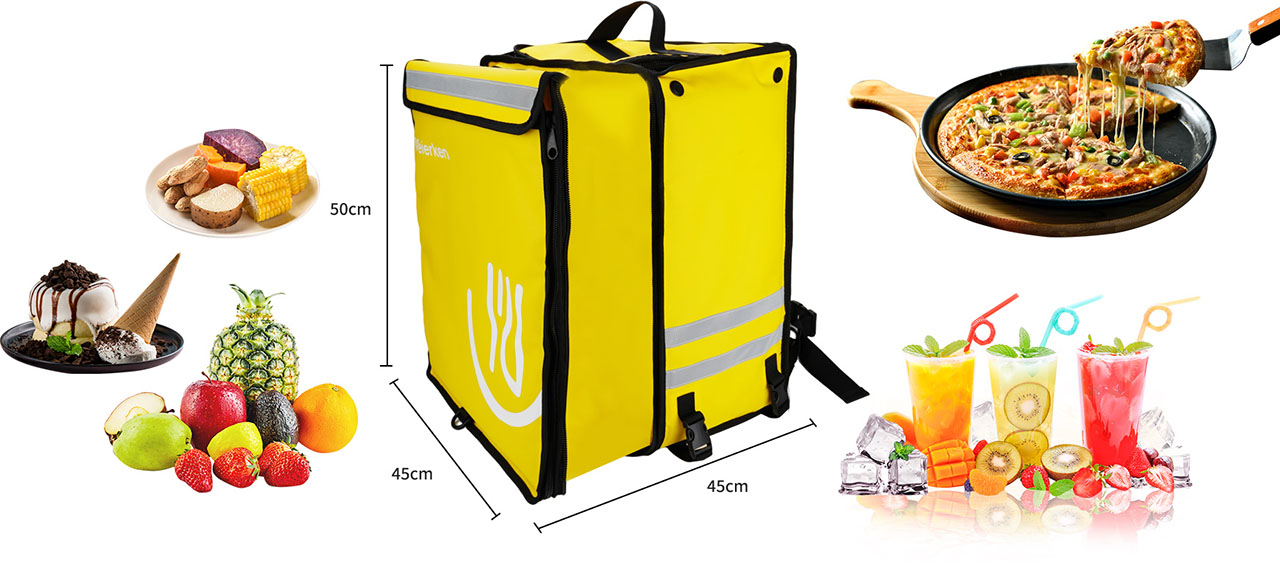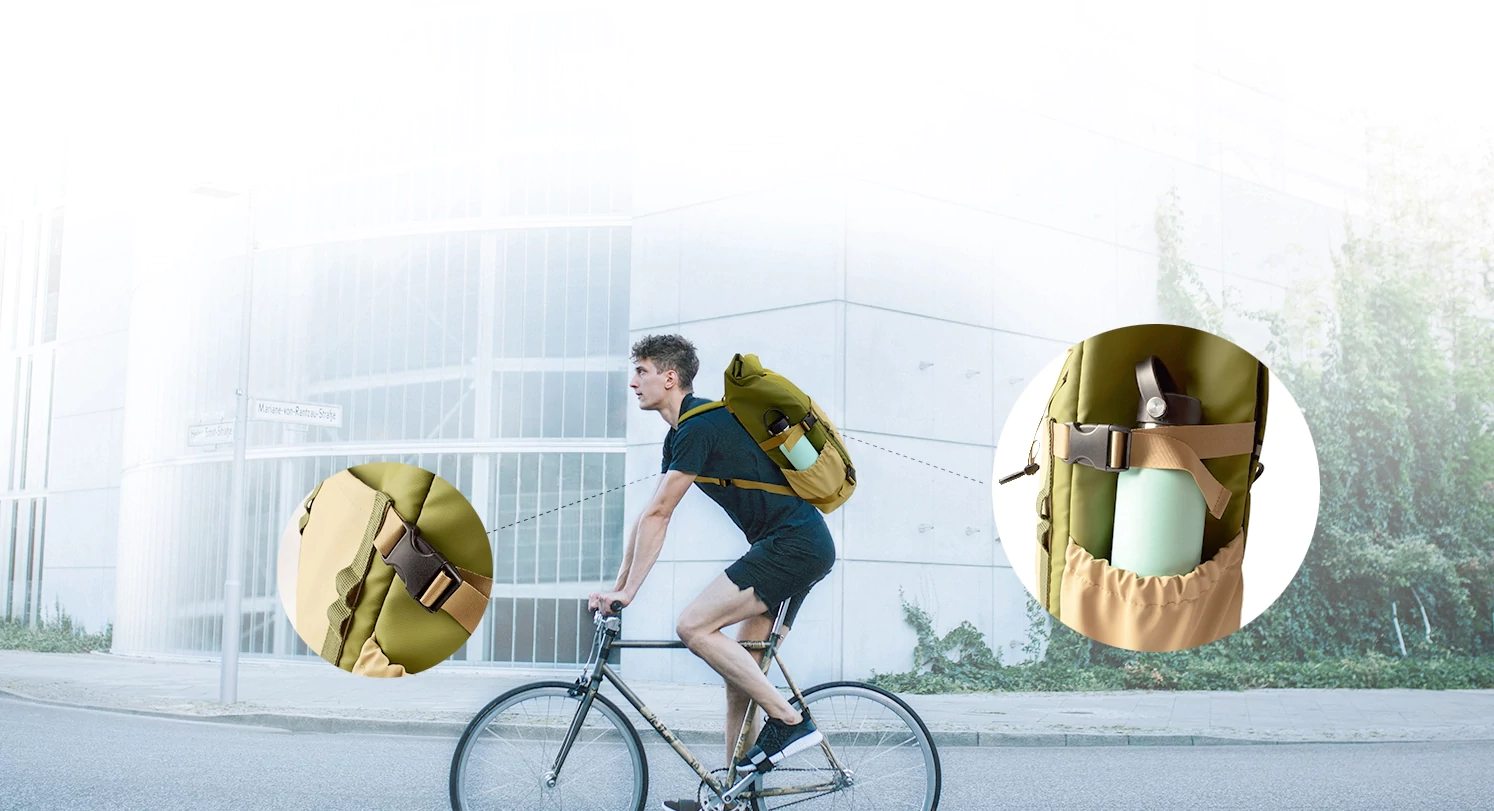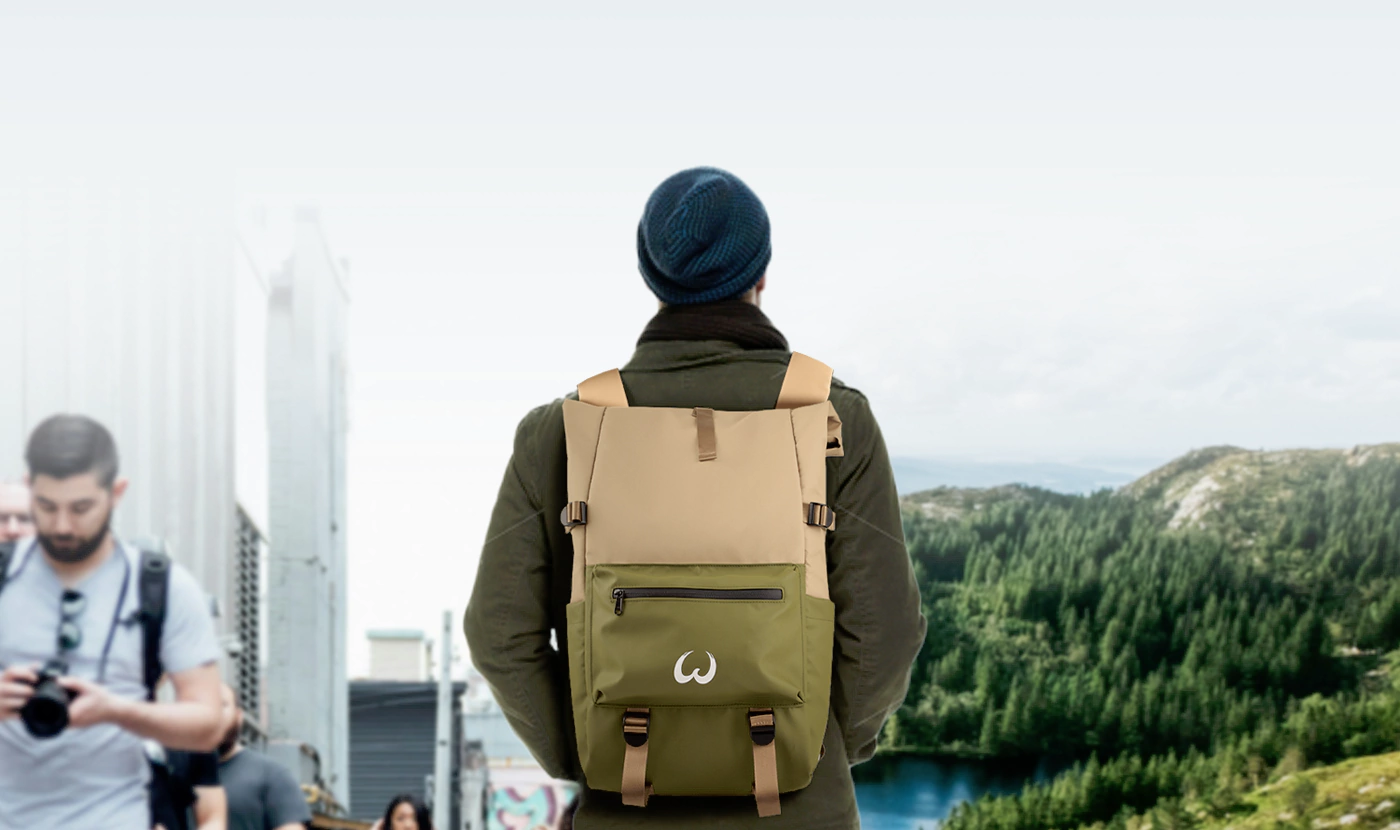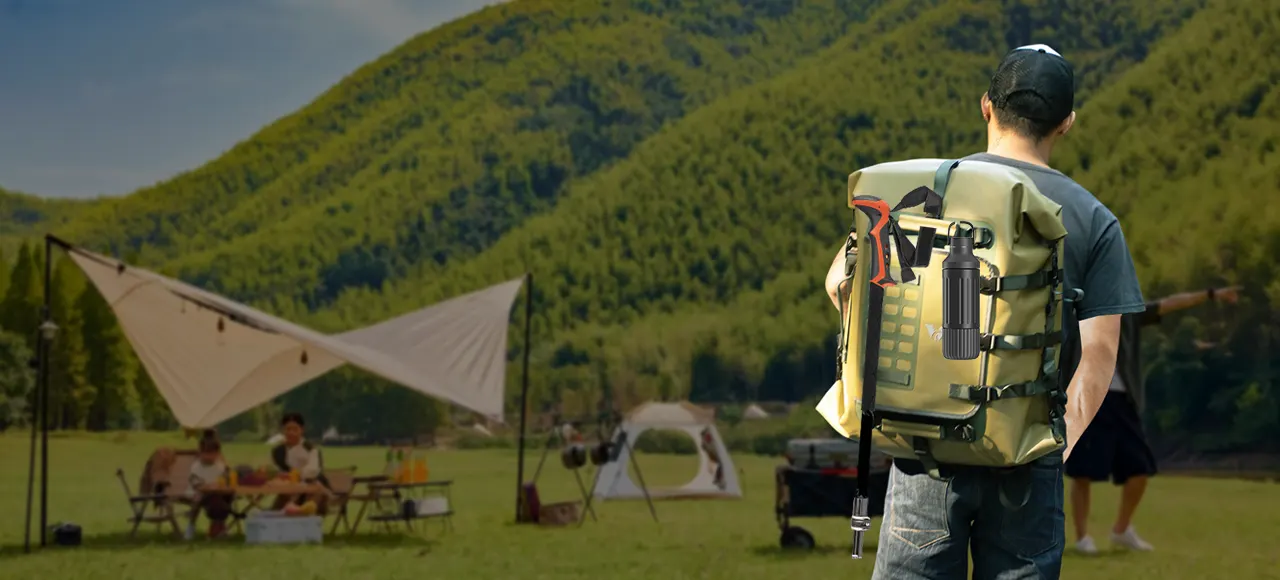The emergency call came through at 2 AM from a distressed brand owner in Germany. His entire shipment of adventure motorcycle bags—destined for his flagship European retailers—was failing basic waterproof tests. The seams leaked at critical stress points, the waterproof zippers allowed moisture penetration during simulated rain tests, and the mounting systems showed signs of fatigue after minimal vibration testing. The manufacturer he’d selected—a competent general luggage supplier—had missed crucial technical details that separate recreational bags from professional riding gear.
This scenario represents a common yet costly mistake brands make when selecting riding bag suppliers. The distinction between a basic bag maker and a technical riding gear specialist becomes apparent only when products face real-world conditions. Through evaluating over 75 manufacturing partners across Asia and Europe, I’ve identified critical technical differentiators that determine whether your partnership with riding bag suppliers delivers reliable performance or becomes another expensive lesson.
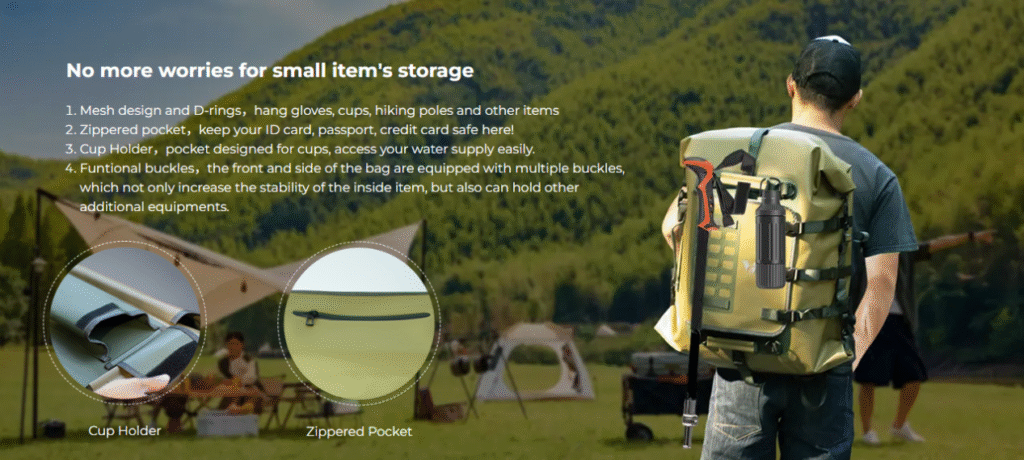
5 factors to consider when choosing a cycling bag supplier
1.Waterproof Technology Mastery: Engineering Against the Elements
The term “waterproof” remains dangerously misunderstood in the riding gear industry. Authentic waterproof performance requires specific technical processes and validation methods that separate true specialists from marketing claims.
High-Frequency Welding Technology
Professional waterproof construction begins with eliminating stitch holes entirely through high-frequency welding. This advanced process creates molecular bonds between material layers through precisely controlled heat (180-220°C) and pressure (40-60 PSI). The technical parameters vary based on material thickness and composition, requiring sophisticated equipment and operator expertise. Inferior suppliers often utilize cheaper thermal welding methods that fail under the constant vibration and temperature fluctuations inherent to motorcycle use. Weierken’s welding department operates with climate-controlled conditions to ensure consistent bonding regardless of external humidity levels.
Seam Sealing Methodologies
For connections where welding isn’t feasible, professional riding bag manufacturers implement industrial-grade seam sealing. The quality variance between suppliers becomes dramatic at this stage—premium manufacturers use 45mm tape width with polyurethane-based adhesives applied at precise temperatures (165-175°C), while cost-cutting alternatives utilize 25mm tape with rubber-based adhesives that degrade under UV exposure. The application process requires controlled environments with specific pressure parameters (3-5 kg/cm²) to ensure permanent bonding. Weierken’s seam sealing process includes pre-treatment surface preparation and post-application inspection under specialized lighting to detect any microscopic gaps.
IPX Certification Validation
True waterproof performance requires independent verification through standardized testing protocols. Riders should understand that IPX-6 certification indicates protection against powerful water jets (12.5mm nozzle, 100 liters/minute, 100kN/m² pressure) from any direction, while IPX-7 certifies submersion to 1 meter for 30 minutes. Reputable custom riding bag factory partners provide third-party certification documentation and often conduct additional testing that exceeds standard requirements. Weierken’s validation process includes extended cycling tests with 500+ submersion cycles and temperature variation testing from -20°C to 60°C to simulate real-world riding conditions across different climates and seasons.
2.Research and Development Capabilities: From Concept to Road-Ready Prototype
The development process separates reactive manufacturers from proactive technical partners. Superior riding bag suppliers invest in comprehensive R&D infrastructure that accelerates innovation while maintaining rigorous quality standards.
Design Team Configuration
Advanced suppliers maintain cross-functional design teams combining materials engineers, industrial designers, and experienced riders. This multidisciplinary approach ensures aesthetic considerations balance with technical performance requirements. The most effective teams include members with actual riding experience across different disciplines—adventure touring, sport riding, and urban commuting—to understand nuanced usage scenarios. Weierken’s design department includes three former professional motorcycle tour guides who provide critical input on practical functionality and real-world usage patterns that laboratory testing cannot replicate.
3D Modeling and Prototyping
Modern riding bag manufacturers utilize sophisticated 3D modeling software that enables virtual testing and rapid iteration. Advanced partners employ CAD systems with material simulation capabilities that predict stress points and waterproof integrity before physical prototyping. The transition from digital models to physical samples should occur within 7-10 days through dedicated prototyping departments with specialized equipment. Weierken’s prototyping process includes both appearance models for design validation and functional prototypes for performance testing, with three iterative cycles typically sufficient to achieve production-ready status. Their rapid prototyping capability enabled one European client to compress their development timeline from 14 weeks to just 6 weeks for a critical product launch.
Rapid Sampling Cycles
The sampling timeline directly impacts product development speed and market responsiveness. Professional suppliers maintain complete sampling facilities with dedicated staff and equipment to deliver initial prototypes within 7 days and refined samples within 10-14 days. This accelerated process requires significant investment but enables brands to reach market faster with seasonally appropriate products. Weierken’s sampling department operates independently from mass production, ensuring that client projects receive priority attention regardless of production schedules. Their sampling team works across time zones to provide 24-hour turnaround on design revisions and modifications.
3.Material Science Expertise: The Foundation of Durability and Performance
Technical riding bags demand specialized materials that withstand unique environmental challenges including UV exposure, temperature extremes, and constant vibration. Knowledgeable riding bag suppliers maintain comprehensive understanding of material properties and sourcing networks.
Technical Fabric Selection
The material selection process requires balancing waterproof performance, durability, and weight considerations. TPU-coated fabrics offer superior cold-crack resistance (testing to -30°C) compared to PVC alternatives, which become brittle in low temperatures. Denier ratings alone don’t determine quality—the weave density, coating thickness, and treatment processes significantly impact performance. Adventure riding applications typically require 500D-1000D nylon with PU coating weights of 2-3mm for optimal balance between durability and weight. Weierken’s material selection process includes comparative testing of identical denier fabrics from different mills to identify variations in tear strength and coating adhesion that significantly impact product lifespan.
Specialized Material Applications
Different riding disciplines demand specific material solutions that experienced custom riding bag factory partners understand intimately. Sport riding emphasizes abrasion resistance at sacrifice points like the tail section contact areas, while adventure touring requires comprehensive tear strength for off-road brush impacts. Cruiser applications prioritize aesthetic materials like leather with technical backings for weather protection. Premium suppliers maintain extensive material libraries with technical specifications and performance data. Weierken’s material database includes over 200 fabric options with complete testing documentation including abrasion resistance (Martindale and Taber tests), tear strength (ASTM D2582), UV stability (Xenon arc testing), and colorfastness metrics.
Supply Chain Transparency
Reliable riding bag suppliers maintain direct relationships with material mills rather than working through trading companies. This vertical integration ensures consistency and enables traceability from raw material to finished product. The most advanced partners employ digital tracking systems that document material origins and processing history. Weierken’s supply chain includes partnerships with leading material developers like Toray and Hyosung, with quarterly auditing and batch-by-batch quality verification. Their material tracking system allows clients to trace specific production batches back to original fabric rolls, providing unprecedented transparency for quality assurance and recall management if necessary.
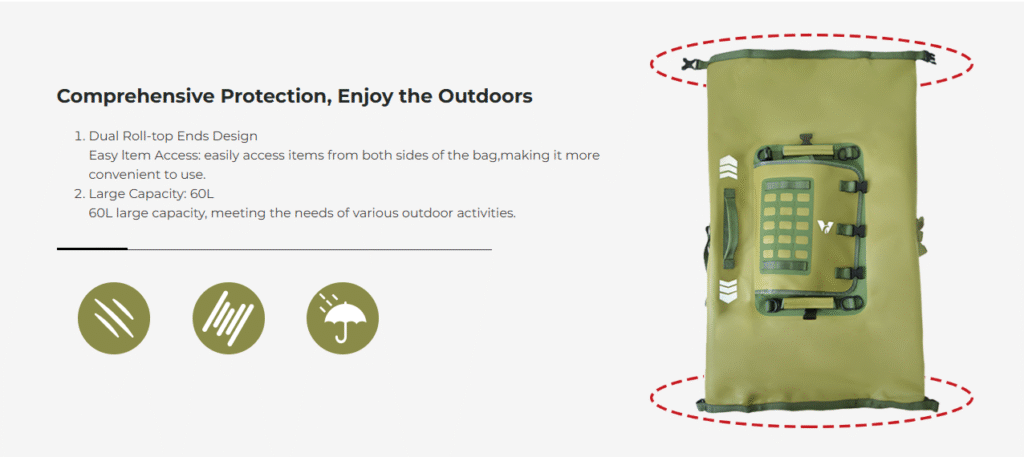
4.Quality Assurance Systems: Manufacturing Excellence Through Process Control
Quality cannot be inspected into products—it must be manufactured in through systematic processes and rigorous validation. Superior riding bag manufacturers implement comprehensive quality management systems that prevent defects rather than detecting them post-production.
Eight-Stage Inspection Protocol
Advanced suppliers implement multi-layered quality control systems covering material verification, in-process checks, and final validation. The comprehensive process includes: (1) incoming material inspection including coating thickness verification and roll-to-roll consistency checks; (2) precision cutting alignment ensuring pattern optimization; (3) welding parameter validation including temperature and pressure monitoring; (4) seam integrity testing using air inflation and pressure holding; (5) component assembly verification including buckle strength and zipper smoothness; (6) waterproof validation through statistical sampling for extended submersion testing; (7) functional testing of mounting systems and retention mechanisms; (8) packaging durability assessment ensuring products survive logistics chain handling. Weierken’s quality dashboard provides clients with real-time access to production quality metrics and defect tracking throughout these eight stages.
Testing Methodologies
Beyond standard factory checks, technical riding bag suppliers implement rigorous testing protocols that simulate years of use within compressed timelines. Advanced testing includes vibration simulation replicating motorcycle-mounted conditions (testing to 100,000 cycles at frequencies from 10-500 Hz), accelerated UV exposure testing (equivalent to 2 years of sunlight in 500 hours), and cyclic temperature testing from -30°C to 70°C. Waterproof validation employs specialized equipment that subjects products to controlled water pressure and submersion cycles. Weierken’s testing laboratory includes custom-designed equipment that simulates specific riding conditions, such as vibration patterns matching different motorcycle categories and wind-driven rain simulation at speeds up to 130 km/h to replicate highway riding conditions.
Certification Compliance
Professional riding bag suppliers maintain current certifications including ISO 9001 for quality management systems. European market access requires CE marking, while environmental compliance demands ROHS certification. Social responsibility verification through BSCI audit ensures ethical manufacturing practices. Weierken’s certification portfolio includes ISO 9001:2015, BSCI audit compliance, and specialized testing certifications from SGS and TÜV for waterproof performance and material safety. Their compliance team maintains ongoing surveillance of changing international standards to ensure continuous adherence to evolving requirements across different markets.
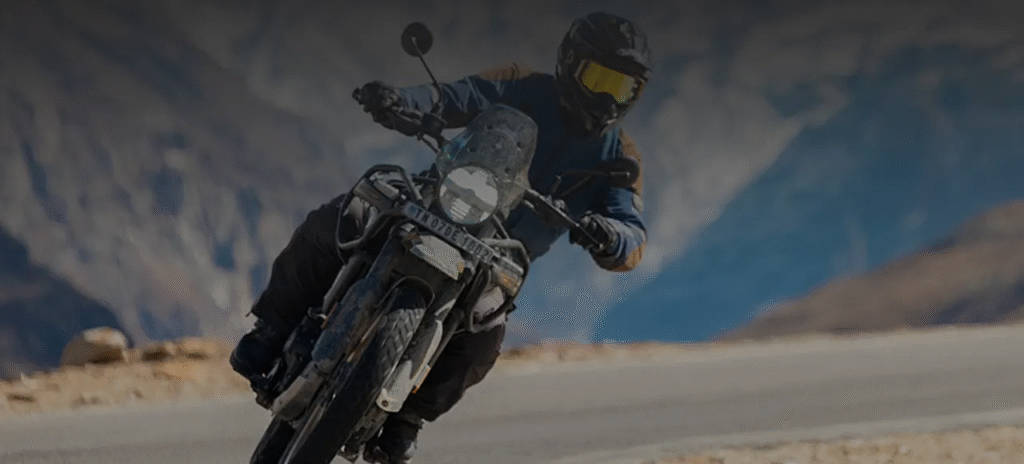
5.Customization Flexibility: Balancing Personalization and Production Efficiency
The modern riding gear market demands both uniqueness and competitive pricing. Advanced custom riding bag factory partners achieve this through flexible manufacturing systems that maintain efficiency while enabling significant customization.
Flexible Production Architecture
Sophisticated suppliers implement modular manufacturing approaches that standardize core components while allowing customization of aesthetic and functional elements. This methodology maintains economies of scale for base materials and hardware while supporting client-specific colors, patterns, and feature configurations. Weierken’s production system employs cellular manufacturing organization with dedicated teams for specific customization processes, enabling efficient small-batch production without sacrificing quality. Their production lines can switch between different customization requirements within 2 hours, supporting their minimum order quantity of 500 units while maintaining cost efficiency typically associated with much larger production runs.
Minimum Order Quantity Strategy
Progressive riding bag suppliers offer realistic MOQ structures based on material requirements rather than arbitrary quantity thresholds. Standard customization typically begins at 500 units, with more complex projects requiring 1,000-2,000 units depending on material and component specificity. Advanced partners employ material aggregation strategies that combine multiple client orders to achieve economical material usage while maintaining design distinctiveness. Weierken’s MOQ framework includes graduated pricing that becomes increasingly competitive at 500, 1,000, and 2,000 unit thresholds, with shared production runs available for complementary color schemes or material requirements. Their production planning system identifies material commonalities across different client orders to optimize material utilization while maintaining complete separation of branded elements.
Partnership Beyond Production
Selecting riding bag suppliers requires evaluating technical capabilities beyond basic manufacturing competence. The distinction between adequate and exceptional emerges from specialized knowledge, rigorous validation processes, and flexible manufacturing approaches. Manufacturers like Weierken have established their reputation through understanding that riding bags represent technical equipment that must perform under challenging conditions while reflecting brand identity.
The most successful brand partnerships develop when suppliers contribute engineering expertise alongside production capacity. Before committing to any riding bag manufacturers, verify their technical capabilities through factory audits, sample validation, and transparent documentation of their processes and testing protocols. The right manufacturing partner becomes an extension of your brand, contributing technical insights that enhance product performance and market reception.
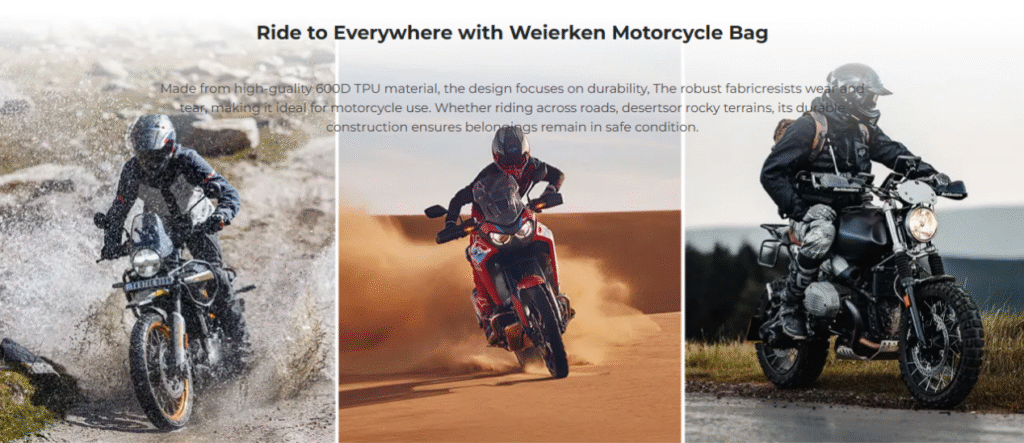
Frequently Asked Questions
Q1: What represents a realistic minimum order quantity for custom riding bag projects?
A: Authentic custom riding bag production typically requires 500-unit MOQs for standard customization, with more complex designs requiring 1,000-2,000 units depending on material specificity and feature complexity. Weierken employs a modular approach that enables shared component usage across multiple client projects, potentially reducing effective MOQs to 300 units for designs utilizing standard base materials and hardware components.
Q2: How can brands verify waterproof claims from potential suppliers?
A: Require independent third-party certification documentation from recognized laboratories like SGS or TÜV. Additionally, conduct random batch testing through independent facilities. Weierken provides clients with video documentation of testing processes and allows client representatives to witness testing protocols during factory audits. Their standard testing exceeds IPX requirements with extended cycling tests and temperature variation validation from -20°C to 60°C to simulate real-world conditions.
Q3: What sustainable material options maintain performance standards for technical riding bags?
A: Recycled nylons utilizing fishing nets or post-consumer waste now match technical performance of virgin materials. PFC-free water repellents and solution-dyed fabrics significantly reduce environmental impact. Weierken’s Eco-Ride series incorporates 70% recycled content while maintaining all technical performance benchmarks through advanced material engineering and construction techniques. Their sustainable material options include traceable supply chains with documentation from raw material to finished product.
Q4: What timeframe should brands anticipate for complete development cycles?
A: Comprehensive development typically spans 8-12 weeks from initial briefing to production-ready samples. This encompasses material sourcing, prototyping, testing, and refinement phases. Weierken’s most accelerated complete development project required 45 days for an urgent product launch, achieved through parallel processing and dedicated technical teams working across time zones to compress the timeline without compromising validation rigor.
Q5: What design inputs prove most valuable when approaching potential manufacturers?
A: Provide detailed usage scenarios, specific mounting requirements for different motorcycle types, and pain points identified in existing products. Photographs documenting installation preferences and accessibility requirements often prove more valuable than technical specifications alone. Weierken’s most successful collaborations began with clients sharing detailed riding scenarios and video documentation of actual usage conditions across different environments, enabling their design team to identify and address potential issues before prototyping.
Request Your Custom Supplier Assessment
Submit your requirements to receive our specialized supplier evaluation checklist and a personalized manufacturer matching report based on your specific product needs and business objectives. Our technical team will provide insights into optimal material selections, construction methods, and customization options tailored to your target market and price points.

